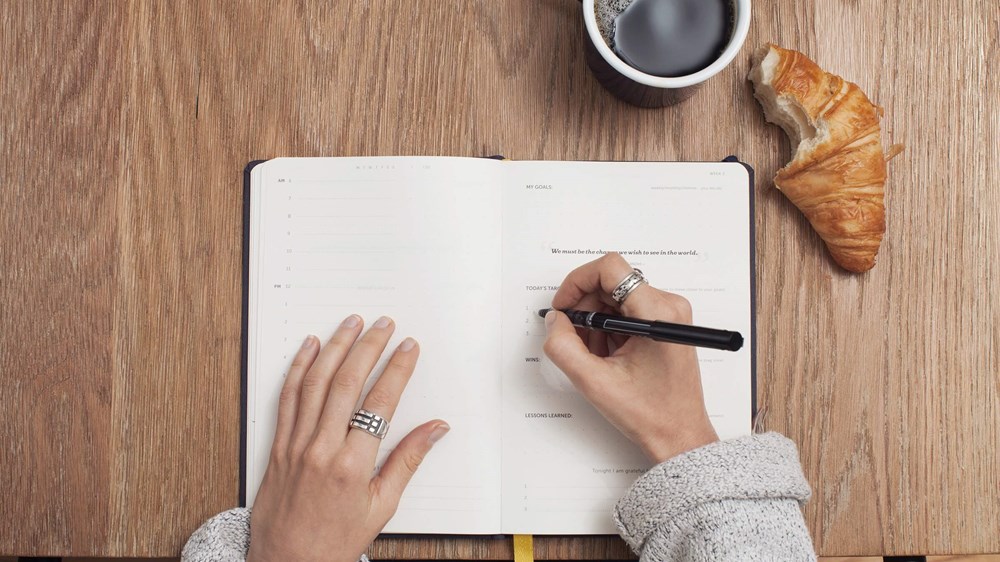From your cost of living to annual allowances, the start of a new tax year can bring with it many changes.
These are things that you probably want to be aware of, as it could help you to be prepared to make more informed choices about your money – with the aim of improving your future wealth.
So, what steps could you be taking to make the most of the new financial year? It will all depend on your own circumstances and financial situation, but here are some things that might help.
But first thing’s first: when does the new tax year start?
In the UK, the tax year starts on 6th April every year. This means that you have until 11:59 PM on 5th April to use any tax-free allowances you have left (such as your ISA allowance, Junior ISA allowance and pension allowance), before they reset at the beginning of the new tax year.
Once the new tax year begins, you’ll lose whatever is left of any tax-free allowances you have. As an example, if you didn’t use up your full ISA allowance by the end of the tax year, you wouldn’t be able to carry that over into the next one.
And now that you know when the new tax year starts, here are some things that you might want to do to prepare for it.
Check if your everyday costs could increase
Most of us expect to see price increases in April, and this year may be no different. There are various costs that typically increase year on year, such as your council tax bill, water charges, phone contract, car tax, and broadband tariff, to name but a few.
With this in mind, you might want to make a note of any increases you’re due to have (or are already facing) when you know what they'll be so you can keep on top of exactly how much money you’ll be spending on your bills and other regular costs each month.
You can then use this to work out how much money you’ll have left to spend on other things – whether that’s going out for a meal, buying new clothes, or simply investing to potentially give your money the opportunity to grow further.
And if you’re someone that prefers to pay things like your car tax for the year in one go, keeping an eye on how much this could cost you when it's due for renewal may help to ensure that you have enough money tucked away to cover it.
Keep an eye on the news
As we’ve already explained, new tax years are often synonymous with changes to things like tax-free allowances – which could impact things like how much you tax you’ll pay on your earnings, how much you can pay into your pension pots, and how much you can save or invest into ISAs (Individual Savings Accounts) without paying tax on any gains your money makes.
So, if you want to be ahead of the game, you’ll want to keep yourself informed.
The government typically announces their new tax measures in their Budget Statement, and this usually happens in March and November.
For the 2025/26 tax year, the following allowances are:
- The personal allowance (how much you can earn before paying tax) stayed at £12,570 per year for anyone who earns under £100,000 annually
- The ISA allowance (the amount of money you can save and invest tax-efficiently in ISAs) remained at £20,000 per year
- The Junior ISA allowance (how much you can save or invest tax-efficiently for your little one) also stayed at £9,000 per year
Make the most of your tax-free allowances
If you’re looking to tuck some money away in savings or grow your wealth by investing it (or maybe a combination of both!), then you might want to look at using ISAs to help you do this tax-efficiently.
Putting your money in an ISA will allow you to save and invest your money without paying tax on the interest you gain from your savings, or any returns you make from your investments. This is because everyone in the UK who is over the age of 16 has an ISA allowance, which is currently set at £20,000.
There are four types of ISAs available for adults. At Wealthify, we offer a Stocks and Shares ISA which could give your savings the potential to grow by investing them in assets, like stocks and bonds. And if you wanted to, you could pay into just one (learn about the different types of ISAs here), or spread your allowance across the different types – for example, by having a Cash ISA and a Lifetime ISA.
And ISAs aren’t just for adults. You could also save or invest for your child’s future using a Junior ISA. The allowance for these is quite a bit smaller (£9,000 per year), and it’s important to remember that the money in a Junior ISA belongs to the child and can only be accessed by them when they turn 18.
With Wealthify’s Stocks and Shares ISA and Junior ISA, we make it easy to start investing. There’s no need to be an expert as we’ll build your Investment Plan based on how much you want to invest and what your appetite for risk is and team of our experts will do all the decision making for you. Find out more about how we invest.
Please remember the value of your investments can go down as well as up, and you could get back less than invested.
Wealthify does not provide financial advice. Seek financial advice if you are unsure about investing.
The tax treatment depends on your individual circumstances, and it may be subject to change in the future.



